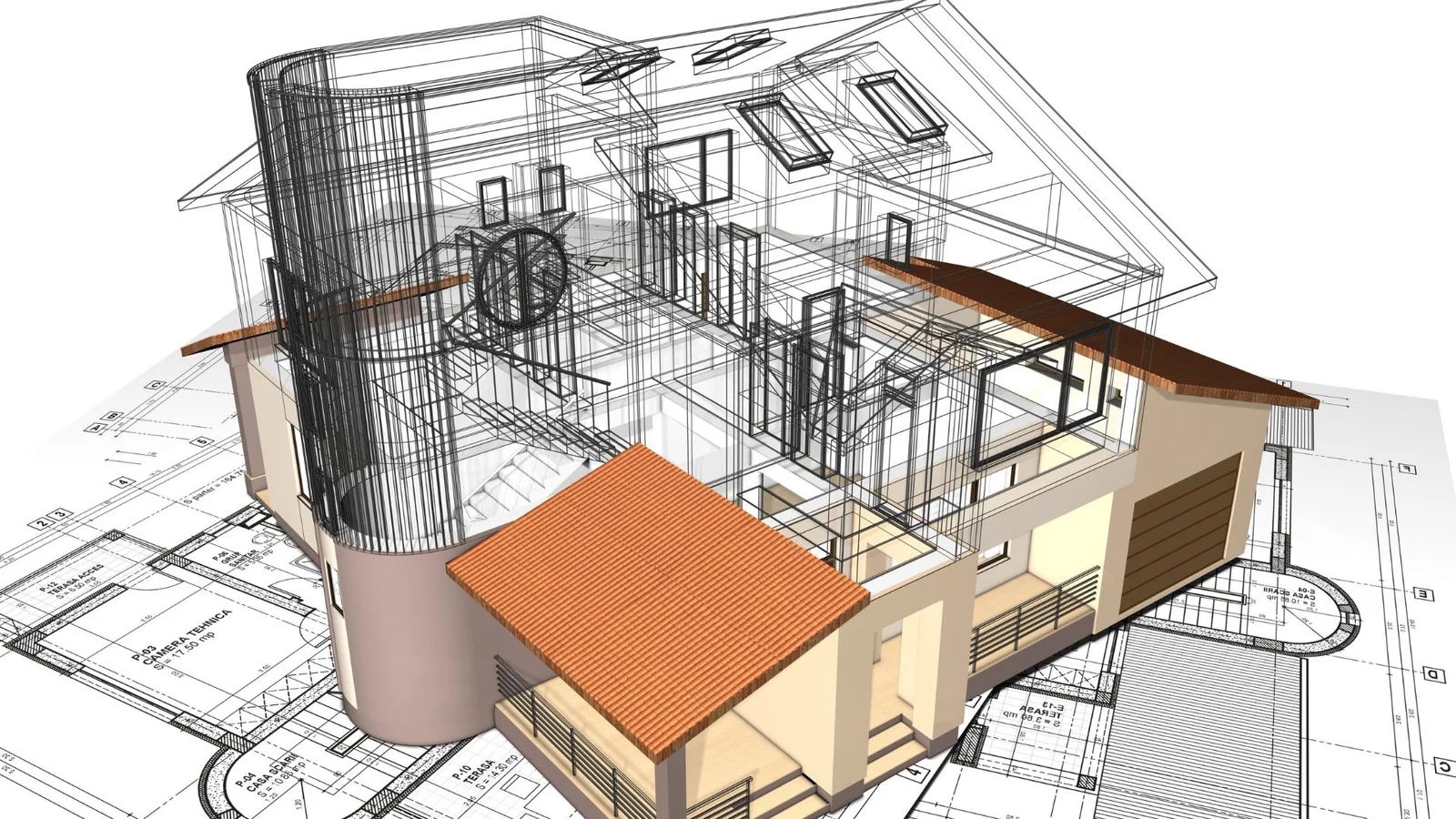In an age where expediency and precision hold paramount significance, the role of Computer-Aided Design (CAD) in architecture is irreplaceable. From the abstract conception of the blueprint to the nitty-gritty details of the building process, CAD is pivotal in modern architectural practices. The introduction of CAD drafting has revolutionized the architecture industry by injecting an unparalleled level of accuracy, feasibility, and visualization. Today, we take a deep dive into the crucial role architectural CAD drafting plays in modern architecture.
Streamlining the Design Process
Architectural design traditionally demands countless hours of meticulous manual drafting and endless revisions. The introduction of CAD has made this process far more efficient.
Accelerating Design Generation
With robust architectural CAD drafting services, architects can now swiftly transform initial sketches into detailed drawings and develop comprehensive models within a fraction of the time previously required.
Facilitating Design Modifications
CAD drafting allows architects to readily modify designs when changes are required, thereby significantly reducing the time and efforts spent on revisions, aiding in swift project completion. This adaptability in design iterations contributes to a more responsive and dynamic architectural design process.

Enhancing Precision and Quality
Architectural design requires extreme precision, and any error could result in significant consequences. CAD drafting has greatly helped in enhancing precision and improving overall design quality. Additionally, it removes the potential for human error, rendering the designs more reliable and safer.
Improving Accuracy
With CAD drafting, architects can create highly accurate and detailed drafts. This level of precision is nearly impossible to achieve with traditional hand-drafting methods. These drafts serve as a trustworthy base for all construction work that follows, leading to a smoother building process.
Ensuring Consistency
CAD drafting helps maintain consistency throughout the design. Architects can effortlessly replicate elements within the design, ensuring uniformity and eliminating the chances of inconsistencies. This level of standardization across all designs fosters a more cohesive architectural aesthetic and structure.
Enriching Visualization and Communication
One of the most impactful benefits of CAD in architecture is the improved visualization and communication it offers. It bridges the gap between architects and non-specialist clients, rendering architectural designs more accessible and comprehensible.
Realistic 3D Renderings
CAD drafting services enable architects to generate detailed 3D models of their designs. These models provide a realistic overview of the finished structure, allowing stakeholders to envision the end product effectively. This facilitates better decision-making and promotes a clearer understanding of the architectural vision.
Effective Client Presentations
CAD tools offer interactive features, facilitating comprehensive presentations where architects can depict different aspects of the design, giving clients a clearer understanding of the project. This empowers clients by fostering more significant involvement in design decisions, leading to better client satisfaction. Furthermore, it equips architects with a reliable method to communicate their design intent, share their creative insights, and illustrate the project’s potential.
Conclusion
In a dynamic and evolving landscape, the integration of CAD in architectural practices has proven to be a game-changer. By streamlining the design process, improving accuracy and quality, and bolstering visualization, CAD drafting has unequivocally carved an indispensable space in modern architecture. Its influence extends not just to the architects but also contractors and clients, transforming the entire ecosystem of architectural design and construction. Looking towards the future, we can certainly expect CAD to continue its trailblazing march, offering even more refined capabilities and defining tomorrow’s architectural landscape.
As we move forward, it proves rewarding to stay abreast of these developments in the field and consider the plethora of advantages offered by architectural design outsourcing. Painting a picture of innovation, integration, and improvement, architectural CAD drafting indeed stands as the backbone of modern architecture.